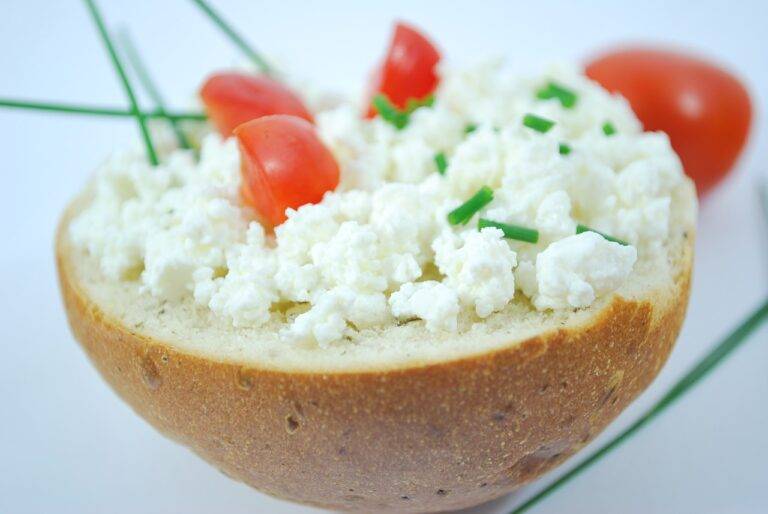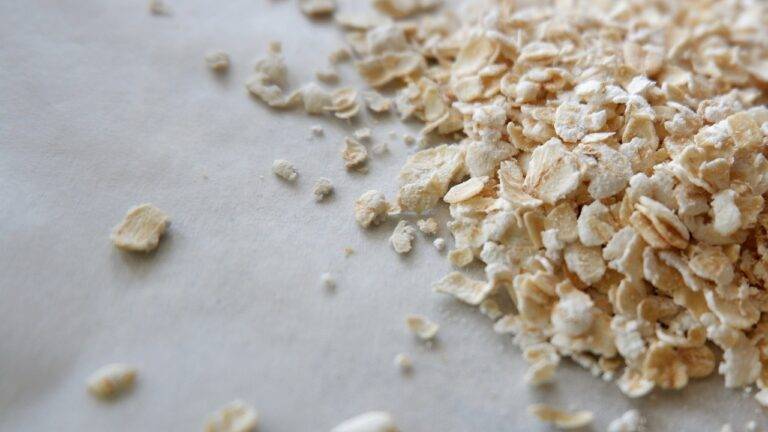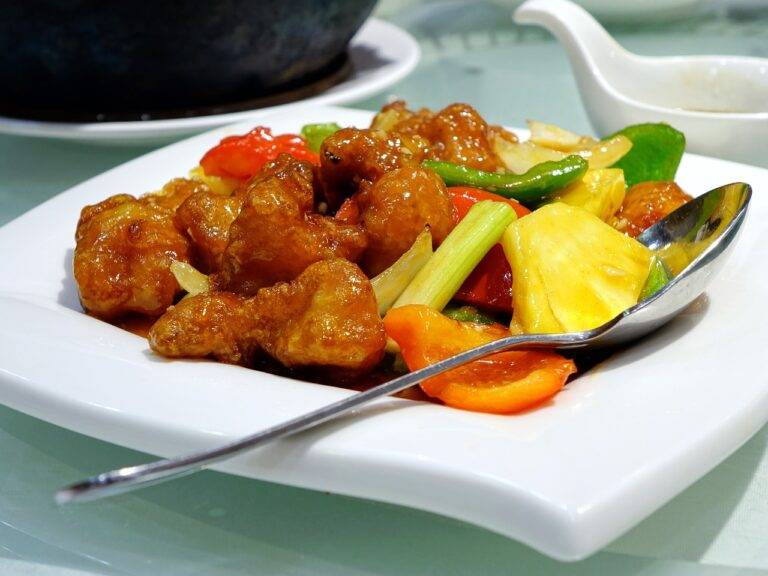From Tradition to Trend: The Resurgence of Home Canning and Preserving
Home canning and preserving, once considered a labor-intensive and outdated practice, is experiencing a resurgence in popularity among modern households. The revival of this traditional method can be attributed to a growing interest in sustainable living and a desire to reduce reliance on processed foods. With an increased focus on health and wellness, many individuals are turning to home canning and preserving as a way to have greater control over the ingredients in their food.
Furthermore, the trend towards farm-to-table eating has inspired a renewed appreciation for locally sourced produce. By canning and preserving fruits and vegetables when they are in season, individuals can enjoy the flavors of peak freshness throughout the year. This practice not only promotes food self-sufficiency but also minimizes food waste by extending the shelf life of perishable items.
Benefits of Home Canning and Preserving
Home canning and preserving offer a way to enjoy fresh, flavorful produce throughout the year. By canning fruits and vegetables at their peak ripeness, you can lock in nutrients and flavor that would otherwise be lost. This process also allows you to control what ingredients go into your preserved foods, reducing the reliance on store-bought items with added sugars, salts, or preservatives.
In addition to the quality and nutritional benefits, home canning and preserving can lead to cost savings in the long run. Buying produce in season when it’s at its cheapest and preserving it for later use can help stretch your grocery budget. It also provides a sense of self-sufficiency and empowerment, knowing that you have the skills to put up your own food and reduce waste in the process.
History of Home Canning and Preserving
Home canning and preserving have a rich history that dates back centuries. Prior to modern conveniences, food preservation was essential for survival during times of scarcity. Ancient civilizations used various methods such as fermentation, drying, and pickling to preserve food for extended periods. However, it was not until the late 18th century that home canning as we know it today began to take shape with the invention of the preserving jar by a French chef named Nicolas Appert.
Appert’s innovative method of sealing food in glass jars and heating them to kill bacteria paved the way for safe long-term food storage. His discovery revolutionized the way people preserved food, leading to increased food security and decreased dependence on seasonal availability. As home canning techniques evolved and spread, it became an integral part of household practices, particularly during times of war and economic hardship.





